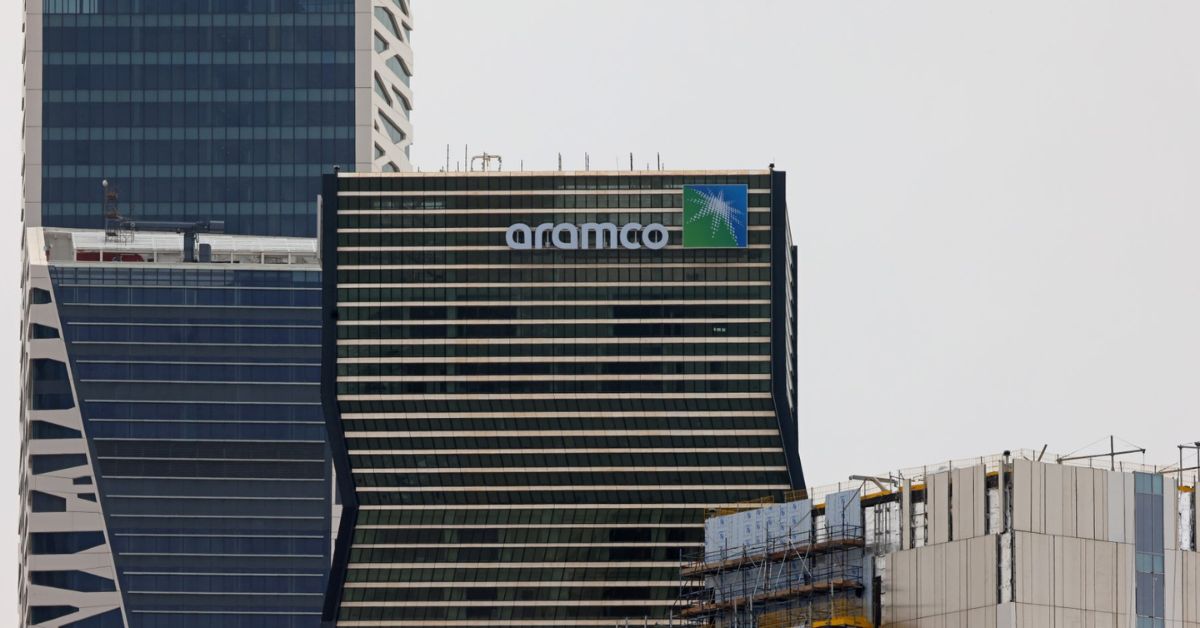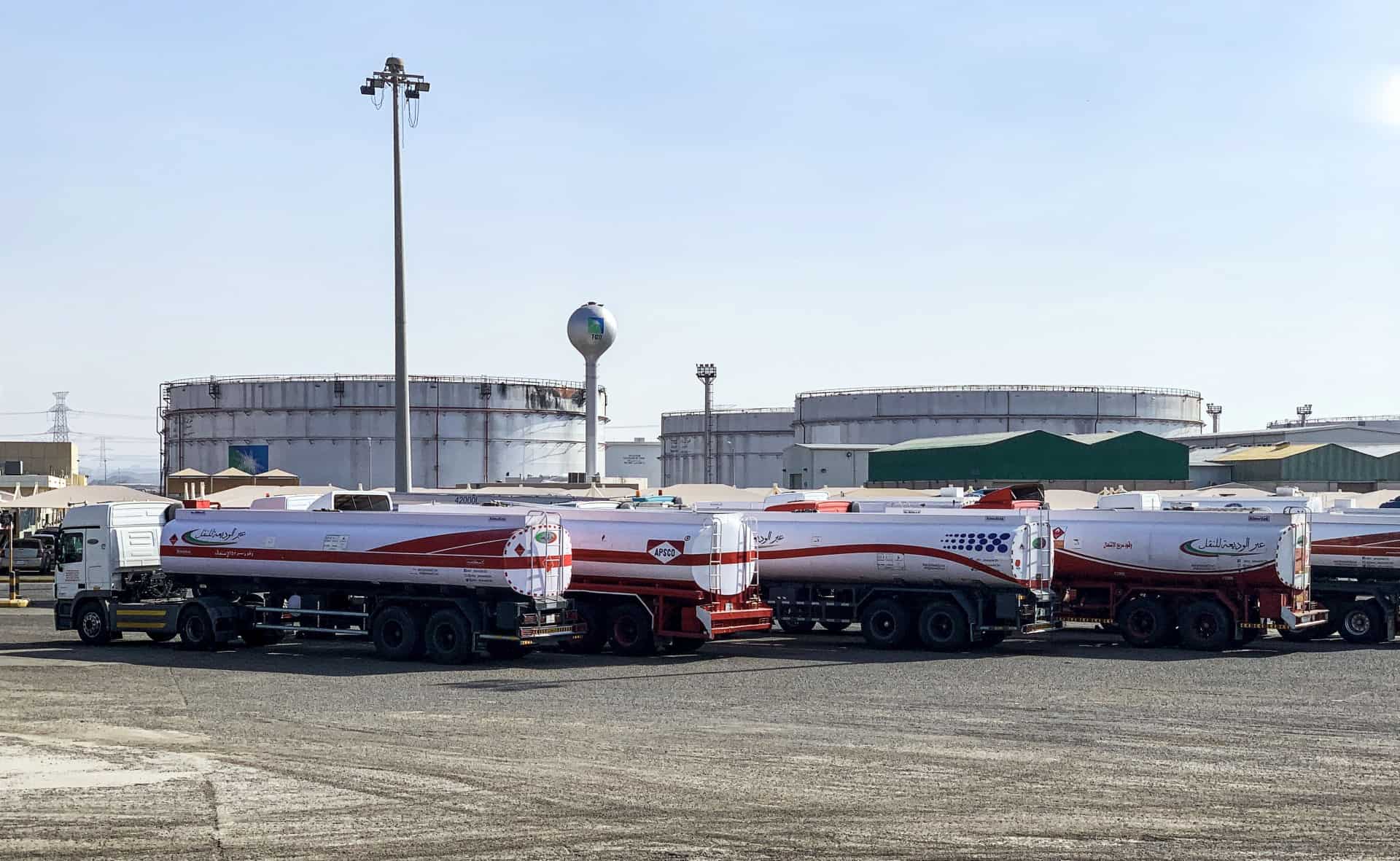RIYADH — Saudi Arabia’s decision to prolong current oil production cuts may place strain on the kingdom’s economy, which has recently been the fastest growing in the G-20. This potential pressure could herald a significant reversal for the $1 trillion economy, which witnessed nearly 9 percent growth in 2022. This expansion enabled Saudi Crown Prince Mohammed bin Salman to funnel tens of billions of dollars into various sectors, including sports, tourism, and the development of new cities.
The economic boom was primarily fueled by record crude production, reaching around 10.5 million barrels per day, and prices averaging $100 per barrel, due in part to the disruption of energy markets by the Russian-Ukrainian conflict.
According to Bloomberg Economics, Riyadh plans to trim production this month to only about 9 million barrels per day, a level the kingdom has not dipped to in the past decade. This decrease is in response to a waning global demand for crude oil. Consequently, there has been a minor price increase, with Brent crude currently trading around $78.50 per barrel, marking a 9 percent decrease since the beginning of the year.
Such supply reductions would impact the world’s largest oil exporter. If the government continues to curb production throughout 2023, projections indicate a potential 0.1 percent contraction in the Saudi economy. The reduction could prove costly, as Jean-Michel Saliba, the Middle East and North Africa economist at Bank of America, has suggested.
The bank’s base case assumes growth will slow to 0.9 percent. However, if this year’s production cuts persist, Saliba anticipates a possible contraction of 0.6 percent. Should the economy decline to this extent, Saudi Arabia is projected to rank just above Argentina at the bottom of the G20 list, as per Bloomberg polls.
However, other analysts argue that even with extended cuts into 2024, Saudi’s GDP could continue to grow. For example, Amy McAllister at Oxford Economics estimates a 0.3 percent increase in GDP under this scenario.

The non-oil economy, which employs the majority of Saudis and is integral to the Crown Prince’s Vision 2030 plan, continues to flourish. As reported by the Purchasing Managers’ Index, non-oil private firms experienced the fastest order increase in June.
“This sector is critical for job creation and corporate profits,” says Ziad Daoud, Bloomberg Economics’ chief emerging markets economist. According to government predictions, this non-oil economy will expand by 5.8 percent this year.
A Saudi Ministry of Finance spokesperson has emphasized the importance of non-oil GDP in the Vision 2030 transformation and diversification plan.
Despite these developments, the reduced oil revenue forecasts have pushed the kingdom into a budget deficit, which could necessitate increased borrowing. Evidence of this can be seen in the $16 billion in Eurobonds sold by the government this year, even as interest rates rise globally in response to inflation. While Saudi officials attribute this partially to refinancing existing debt, Bloomberg data indicates this figure exceeds the combined amount issued in 2021 and 2022.
Many energy analysts, including those in Saudi Arabia, predict the oil market will bounce back during the remainder of 2023 as demand in China and India increases. In such a scenario, prices are likely to rise. Goldman Sachs anticipates the price of crude oil will climb to $86 per barrel by December.
However, current prices remain significantly below the balance point for Saudi Arabia. Based on a production of 10.5 million barrels per day, the International Monetary Fund’s (IMF) latest forecast indicates that the breakeven oil price for this year is around $81 per barrel.
The estimate doesn’t factor in the Crown Prince’s Sovereign Fund or other state entities’ expenditure on large-scale projects such as the new city of NEOM. When these expenditures are considered, Bloomberg economists estimate the budget breakeven point would need to be near $100 per barrel.
Despite diversification efforts under Vision 2030 initiated in 2016, oil revenues remain a linchpin for Saudi Arabia. In 2022, oil accounted for 80 percent of total exports, a figure that rises to 93 percent when including chemicals and plastics, most of which derive from crude oil. Regarding the economy’s diversification, Dawood comments: “Considering performance over the past seven years, progress in this area remains insufficient.”

